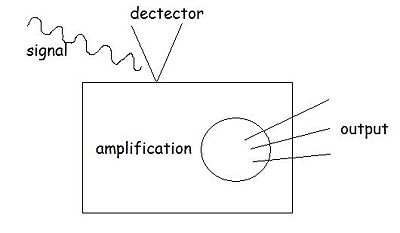Ann Taylor sandbox Proteins in Cancer
From Proteopedia
(New page: ==Proteins involved in Cancer== Wabash College's Che 461 course, "The Chemistry of Cancer," explored the major pathways and proteins involved in the development of cancer. This page is a ...) |
|||
| Line 10: | Line 10: | ||
[[Image:Sig_trans_radio.jpg | left | 400 px | thumb]] | [[Image:Sig_trans_radio.jpg | left | 400 px | thumb]] | ||
| - | Most growth cues funnel through receptor tyrosine kinase pathways. Today you will hear about the [ | + | Most growth cues funnel through receptor tyrosine kinase pathways. Today you will hear about the [[Yousuf_Bahrami_sandbox_1|epithelial growth factor receptor]], Ras, myc and PTEN. |
==Cell Cycle== | ==Cell Cycle== | ||
[[Image:Cell cycle.png| left | 400 px | thumb]] | [[Image:Cell cycle.png| left | 400 px | thumb]] | ||
Revision as of 03:14, 3 November 2009
Proteins involved in Cancer
Wabash College's Che 461 course, "The Chemistry of Cancer," explored the major pathways and proteins involved in the development of cancer. This page is a compliation of their work.
Cancer is a complex disease, that arises after an accumulation of alterations of normal cellular pathways. Cells can have altered responses to growth signals, deviations in cell cycle controls, or lose the capacity to undergo apoptosis when processes are not happening normally. Generally, there must be at least two defects for cancer to happen--one to inappropriately trigger cell division, and a second, loss of regulation. This is called the "two hit hypothesis".
Signal transduction
Signal transduction is the process where cells detect their environment and respond to these cues. An analogy for many signal transduction pathways is a radio: the incoming signal is detected by a receptor, which triggers a cascade of amplification and translation steps. The result is an output, such as gene expression, cell expansion, DNA replication, and cell division.
Most growth cues funnel through receptor tyrosine kinase pathways. Today you will hear about the epithelial growth factor receptor, Ras, myc and PTEN.

